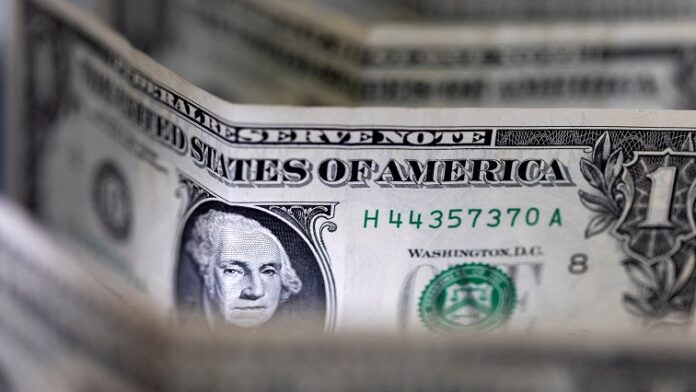The U.S. dollar rose for a second straight day on Wednesday, supported by renewed optimism about the U.S. economic outlook following trade developments, while the Japanese yen weakened after soft demand for a 40-year bond auction.
The dollar gained after President Donald Trump postponed a planned 50% tariff hike on European Union imports over the weekend and after an earlier agreement with China to reduce reciprocal tariffs. The moves eased concerns about global trade tensions and improved sentiment around U.S. economic growth.
Investors also awaited earnings results from chipmaker Nvidia, due after the market close, which are expected to influence broader risk sentiment and potentially strengthen the dollar further.
The Federal Reserve will release minutes from its May 6–7 meeting later in the day. At that meeting, the central bank kept interest rates unchanged and noted rising risks from both inflation and unemployment. Strong consumer confidence data released Tuesday further supported the view that the U.S. economy remains resilient.
The dollar index rose 0.23% to 99.75. The euro fell 0.14% to $1.1312, while the dollar rose 0.33% to 144.8 yen.
Demand for Japan’s 40-year bonds dropped to the lowest level since July during a Wednesday auction, highlighting weaker investor appetite for super-long debt. The yen had already fallen around 1% against the dollar on Tuesday following reports that the government may scale back issuance of long-dated bonds in response to rising yields.
Traders are monitoring global trends in long-term bond demand amid concerns about rising government deficits. In the U.S., lawmakers are negotiating a budget and spending bill expected to significantly increase federal debt levels.
Elsewhere, the Australian dollar slipped 0.42% to $0.6416 after data showed consumer inflation held steady in April, maintaining expectations for further rate cuts. The New Zealand dollar edged up 0.07% to $0.595 after the central bank cut interest rates by 25 basis points and signaled a possible end to its easing cycle.























